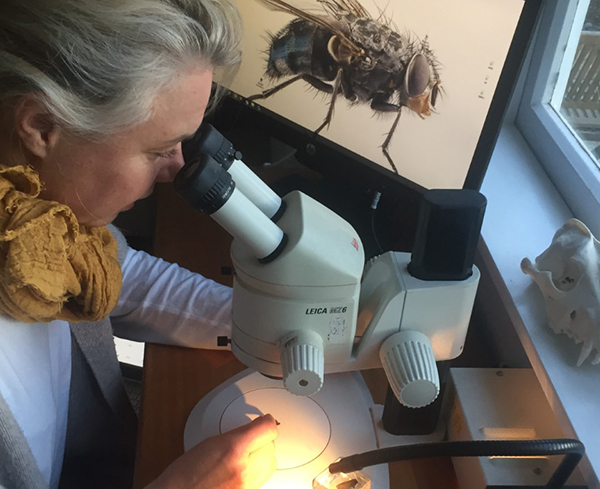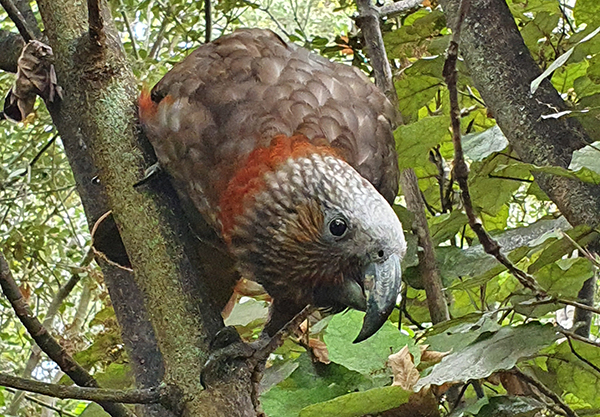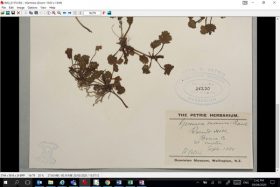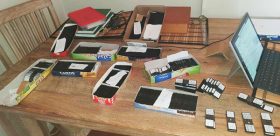Carl Struthers is working on a scientific manuscript describing three new species of fish. Photo by Henry Struthers.
Lara Shepherd, What’s our Natural History team up to during the Covid-19 lockdown?, Te Papa, 5 May 2020
What’s our Natural History team up to during the Covid-19 lockdown?
 Our building may be closed, but Lara Shepherd takes us through the important work that the Natural History team are doing from home. What has the team been working on in their bubbles? How is collection management continuing with no access to the collection? And what’s on the menu for our flesh-eating beetles?
Our building may be closed, but Lara Shepherd takes us through the important work that the Natural History team are doing from home. What has the team been working on in their bubbles? How is collection management continuing with no access to the collection? And what’s on the menu for our flesh-eating beetles?
Research from the ‘home-office’
Many of the curators and researchers are using this time to write up scientific manuscripts on their research. The team is working on a diverse range of topics from describing new species of plants and animals, examining what New Zealand birds eat and identifying the fungi that orchids need to grow.
Sharing our science
An important part of our job is to make our science accessible to everyone. We have been working on blogs, articles for newsletters, identification guides and even a children’s book. Here are links for the blogs we have published during lockdown: giant carnivorous snails, seabird conservation, Pokémon fossils, a new bird record for New Zealand and hot pool mosquitoes.
Some of us have also been busy on Twitter and Facebook, including making a series of posts about #FernsAtHome on New Zealand ferns.

Our natural history curators and researchers have also been writing funding proposals, upskilling with online workshops, advising students, identifying specimens and much, much more!
Bubble walk discoveries
But we haven’t just been stuck inside! The team has been making the most of their bubble walks to make bird counts, record observations on iNaturalist, including a second site of a new weed recently found in Wellington, and collecting plants and insects.



Caring for our collections
Our collection managers and technicians typically spend most of their work day with the objects in Te Papa’s collections. Although they can’t access the collection stores during the lockdown, there is plenty to keep them busy.
Details of many of our older natural history specimens are not yet included in Te Papa’s collection database. Databasing this backlog is a HUGE job but one that can be done from home.


Our collection managers and technicians have also been uploading images to Te Papa’s media library and creating best-practice databasing guides.
What’s on the menu?
Whilst most of us are at home some of our special assistants are in confinement at Te Papa. We have a colony of flesh-eating dermestid beetles that strip the flesh from dead animals, leaving the clean bones for our collection. However, we aren’t processing dead animals at the moment. So technician Catherine Tate has one of the more unusual essential service jobs – feeding the beetles. Expired free-range chicken thighs, a roast chicken carcass and a bag of mystery “off-cuts” in the natural history freezer have all been on the menu – yum!
You can learn more about our beetles from Catherine here:

